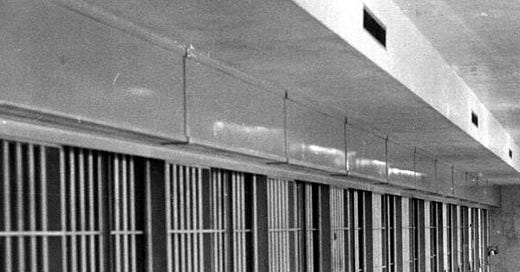Jury overrides on Florida's death row
Like Kenny Smith, who was executed in Alabama last night, three people currently on Florida’s death row were sentenced to death by jury override.
Last night, the State of Alabama executed Kenneth Smith using a new execution method called “nitrogen hypoxia.” It was the first execution of its kind in the United States. To read more on Smith’s execution, see the news articles below:
One part of Smith’s case that relates to Florida’s death row is that he was sentenced to death by a jury override. His jury recommended a sentence of life by a vote of 11-1, but the trial judge nevertheless imposed a sentence of death.
Three people currently on Florida’s death row were also sentenced to death by jury override: Matthew Marshall, William “Tommy” Zeigler, and Edward Zakrzewski.1 Note, however, that Zakrzewski had other death sentences that were not jury overrides.2
While jury overrides are no longer permitted under Florida law, like Smith, none of those with jury override were granted retroactive application of Hurst v. Florida due to the age of their sentences.3 All of their sentences were final before 2002 and, therefore, they were not entitled to retroactive application of Hurst. Had Hurst applied to their sentences of death, they would have been entitled to relief because their juries did not unanimously recommend sentences of death.
Asay v. State, 210 So. 3d 1, 29 (Fla. 2016) (Labarga, J., concurring).
Id.




The interesting thing about Kenneth Smith's case is that during his first trial, the jury recommended death by a vote of 10-2. That conviction was overturned because of a jury selection issue. The retrial resulted in another conviction but this jury recommended life imprisonment 11-1 and the judge overrode it. This was never disturbed in state and federal courts.